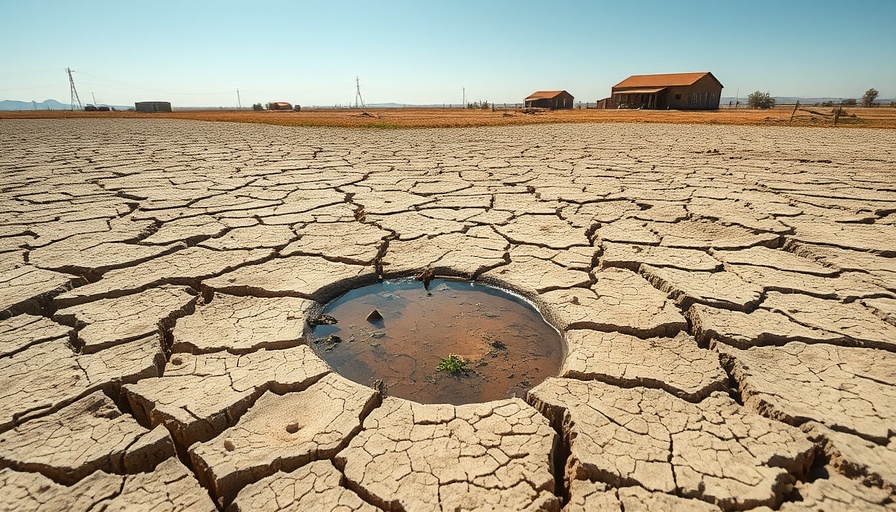
The Conflict in Kashmir and Its Impact on Water Security
The picturesque landscape of Kashmir, known for its breathtaking views, is overshadowed by a long-standing conflict between India and Pakistan. This tension has again come to a head following recent attacks, resulting in a troubling ripple effect—an intensified threat to water security for over 200 million people dependent on the Indus River system. The conflict isn’t just a political issue; it directly affects the water supply that sustains livelihoods, particularly in Pakistan, where nearly all agricultural produce relies on this crucial water source.
Historical Context: The Indus Waters Treaty
The Indus Waters Treaty (IWT), signed in 1960, was designed to ensure that both India and Pakistan could share the waters of the Indus River and its tributaries peacefully. However, in April 2025, India announced it would suspend its obligations under the treaty, alarming water security experts. The treaty had previously acted as a model for transboundary water sharing, yet the increasing threat of climate change and glacier melt in the Himalayas has exacerbated these geopolitical tensions.
Climate Change: A Silent Player in the Conflict
Research shows that about 40% of the river’s water supply comes from glaciers in the Himalayan and Karakoram ranges. Climate change poses a dual threat here: not only is the meltwater diminishing, leading to reduced river runoff, but it is also causing unpredictable seasonal changes that challenge agricultural practices in Pakistan. As farmers depend on consistent irrigation, the impending water shortages could lead to severe consequences for food security and economic stability in the region.
Impact on Agriculture and Livelihoods
In Pakistan, over 90% of water sourced from the Indus goes to agriculture, fueling crops vital to the economy and sustenance of millions. With the looming decrease in river water flow predicted to be as much as 70% in certain sub-basins throughout the century, the ramifications will be dire. The agricultural sector, which employs nearly half of the nation’s workforce and is responsible for a quarter of its GDP, is at significant risk. This situation raises an important question: How can vulnerable populations prepare for an uncertain water future?
The Emotional Toll: How Communities Feel
The psychological impact on communities living under the specter of water insecurity cannot be understated. For many in Pakistan, the Indus River is more than just a water source; it is life itself. The uncertainty and fear of losing access to this essential resource can affect mental well-being, leading to increased stress and anxiety. Understanding these emotional dimensions is critical to implementing effective policies and supportive community programs aimed at resilience.
Future Trends: A Crucial Need for Cooperation
As the climate crisis deepens, the IWT might need to be revisited to adapt to new realities; however, this will require cooperation and trust—a scarce commodity between India and Pakistan. Future discussions must prioritize diplomatic avenues to avert water wars and focus on joint stewardship of shared resources as both nations grapple with the effects of climate change. Building trust through transparency and dialogue will be essential to ensuring that millions can safely rely on the Indus River system.
As residents of Seattle, where water sustainability is a prominent concern, we have much to learn from the ongoing situation in Kashmir. By understanding the interconnectedness of climate change, resource management, and geopolitical tensions, we can foster greater awareness and advocate for sustainable practices in our own communities. It’s important to remember that global issues can have local implications, and our individual actions do matter—let’s work together towards water conservation and sustainability.
 Add Row
Add Row  Add
Add 




Write A Comment